Victim + Bully = Love
Wendy Peters / Nipissing University
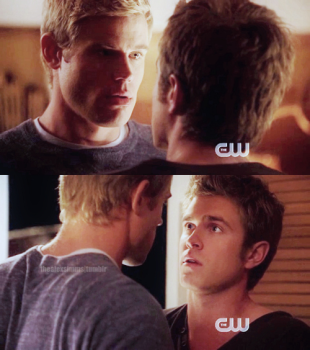
When a romance on teen TV includes harassment, threats and physical violence, my instinct is that I’m watching a narrative designed to educate viewers about intimate partner violence. Yet, in re-watching the 2010-2011 seasons of Pretty Little Liars (PLL) and 90210, I was reminded that harassment and violence are integral to the backstories of two different same-sex couples. In this particular season, both PLL and 90210 feature a teen bully who verbally harasses and physically assaults the only “out” gay teen in their high school. In turn, the openly gay teen covers for the bully, refusing to report them to school authorities. The bullies—it turns out—are masking their own queer desires. Once this motive is established and the bully apologizes, the two relate to each other in new ways. They hang out, which quickly leads to making out. The harassment and violence are quickly forgotten and it appears that no one is in a better position to identify with and forgive the closeted bully than their victim. In this column, I explore the representations and rationalizations of violence as a precursor to same-sex romance in these two narratives, while offering Glee as a series that dramatizes contrasting resolutions to the same scenario.
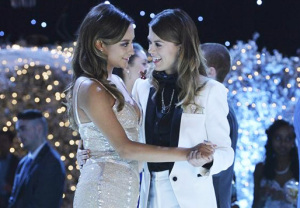
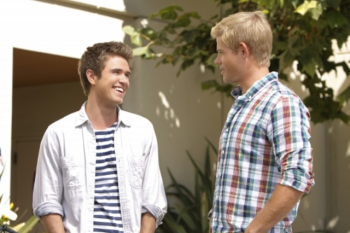
On Pretty Little Liars, Paige is introduced as the creepy and unblinking captain of the girls’ swim team. When no one else is around, she harasses and threatens her teammate, the likeable and recently “out” PLL protagonist Emily, with swim-metaphors like “being so into the breast stroke could end up hurting you.” Emily’s friend notifies the swim coach about this “homophobic comment,” but Emily tells the coach “There’s really nothing to talk about” and “It was just a misunderstanding.” In private, Emily chastises her friend for reporting Paige and asserts that she can stand up for herself. At the climax of the harassment, Paige stands on the edge of the pool and forcefully holds Emily’s head underwater for a frightening length of time. It appears as though Paige is trying to drown her. [1]
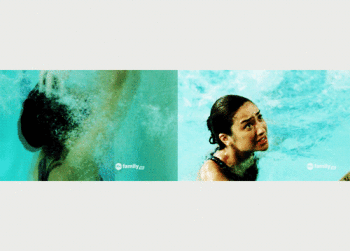
In the following episode, Paige offers a cryptic apology and Emily is kind in return. Emily says, “I don’t hate you,” to which Paige responds, “I would. I do.” The tone of their relationship changes when Paige threatens to quit the swim team and Emily reminds her why she once loved the sport. They return to the scene of the attempted drowning and their swim looks rather like a romantic montage. The two have an intimate conversation beside the pool and as Paige walks off, she turns, makes eye contact and the soundtrack is Selena Gomez’s “I won’t apologize.” The lyrics—“Believe me, it’s easier just to pretend. But, I won’t apologize for who I am”—frame a close-up of Emily looking interested as she watches Paige swim in soft focus. [2] In short order, they develop a friendship and in the very next episode Paige inhales dramatically, grabs the back of Emily’s head and kisses her. Emily’s eyes are open during the kiss. When Paige pulls away she is breathing heavily and Emily looks frightened. Paige, now looking scared, says, “Don’t tell” and rushes away. [3] Although there is conflict initially over Paige’s desire to remain closeted, this is the start of a long-term romance. At first, Emily’s friends give her a hard time for hanging out with Paige. Her friend Spencer asks, “She still torturing you? […] What brought you closer? Her trying to drown you?” While keeping their romance a secret, Emily defends Paige, saying “We’re cool now.” [4] In the next season they “come out” as a couple and the clique warms to Paige. The early harassment and violence fades as “Paily” are a couple, off and on, well into season five.
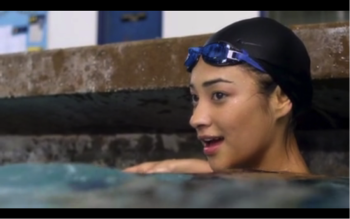
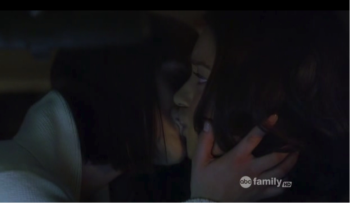
90210 changes certain key elements, but overall the trajectory is similar. Teddy—known for being a heterosexual “player”—has sex with openly gay Ian while drunk. Following their one-night-stand, Teddy angrily warns Ian not to tell anyone. [5] Ian readily agrees, yet Teddy begins threatening Ian at school, calling him a “fricken faggot” in front of other students, and physically assaults him in the hallway. When a teacher intervenes in the physical attack, “out” Ian covers for Teddy, saying that the altercation is “about nothing.” [6] They both receive a two-week detention for the assault in the hallway and, predictably, their time together leads to mischief and they grow closer. Teddy eventually apologizes: “I shouldn’t have hit you at the bachelor auction and I shouldn’t have called you, well, what I called you. I’m sorry.”
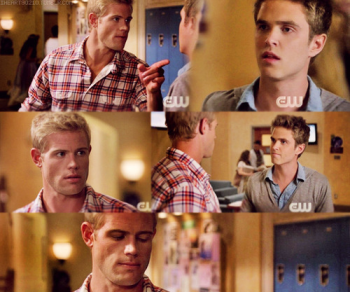
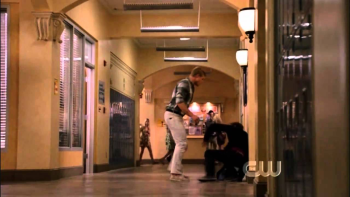
Although Teddy’s behavior toward him shifts unpredictably from tender to taciturn, Ian replies kindly: “It’s okay. I get what you’re going through. You know I went through it too. And if you ever need to talk…” [7] Subsequently, “out” Ian keeps Teddy’s secret and defends him to their mutual friends at school. When Teddy’s ex-girlfriend Silver says that she is “disgusted” that “Teddy turned out to be such a homophobe,” Ian’s response mirrors Emily’s defense of Paige: “We talked and, you know, he’s a good guy. Teddy and I are cool […] I know that’s not who he really is.” [8] After dating in secret for numerous episodes, Teddy and Ian eventually “come out” as a couple to the 90210 clique and the response is overwhelmingly positive. [9] No one seems concerned for Ian and the group rallies to support Teddy following his coming out.
These narratives frame Paige and Teddy’s violence as understandable, under the circumstances. While I am sympathetic to the internalized homophobia ascribed to the bully characters, I worry that these narratives excuse homophobic violence, reconfiguring it as an individualized and decontextualized demonstration of desire. In this narrative, the individualized act of coming out “cures” the violence, and love redeems the bully. I contend that this narrative arc provides a tidy and individualistic resolution to widespread discourses of homophobia and heterosexism that produce internalized homophobia and externalized violence. I call this the “victim + bully = love” narrative. The notion that romantic love is all that gay teens need to put an end to homophobia is romantic indeed—in the sense of being emotionally appealing, yet having no basis in reality. Further obfuscating discourses of domination, PLL’s narrative precludes any consideration of race when a young white woman, Paige, harasses and assaults Emily, her racialized peer. Even if we accept that a sincere apology excuses homophobic violence on an individual level, these narratives valorize openly gay youth who respond to homophobic harassment with equanimity and without the help of others. The victim + bully = love narrative has not reached the level of the trope in the way that other gay or lesbian narratives have, but it is an example of televised narratives that proffer individualized solutions while obfuscating widespread social, cultural and political inequities of sexuality and race.
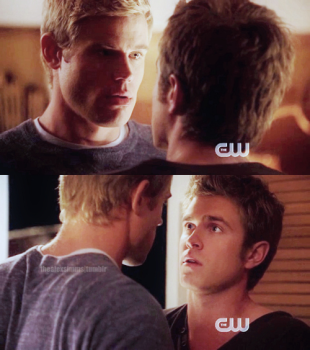
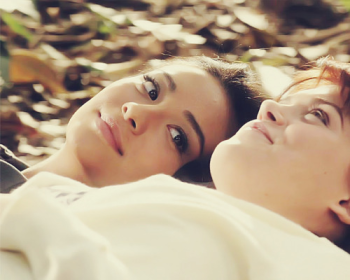
The antagonism turned romance storyline mirrors popular heterosexual narratives where the “hero” is initially cold, aloof and brusque toward his love interest, but eventually reveals that he always loved her deeply. Her goodness and love open him up emotionally, transforming him into her loving protector. As Janice Radway writes, “[t]he final outcome of the story turns upon a fundamental process of reinterpretation, whereby [the heroine] suddenly and clearly sees that the [hero’s] behavior she feared was actually the product of deeply felt passion and a previous hurt.” [10] Similarly, the bully’s aggression and cruelty are retroactively presented as sublimated attraction and affection, while the openly gay character is encouraged to empathize, forgive and fall in love. While this narrative seems to offer a “gay” version of existing gendered narratives of heterosexuality, I would suggest that it may be distinct as I am not aware of a contemporary straight version of victim + bully = love on teen TV. If this contention is correct, then why might it be that teen TV produces such representations of same-sex relationships that sanction the intertwining of violence and romance? Since intimate partner violence (IPV) is usually thought of as men’s violence against women within romantic relationships, perhaps the depiction of homosocial violence that precedes a romantic relationship falls outside of what is normally thought of as IPV. It is possible that these same-sex representations of violence are not recognized as such, an erasure that perhaps becomes even easier to forget when these victim and bully relationships move so smoothly into dating, which is again outside the familiar representational arc we are familiar with in pop culture.
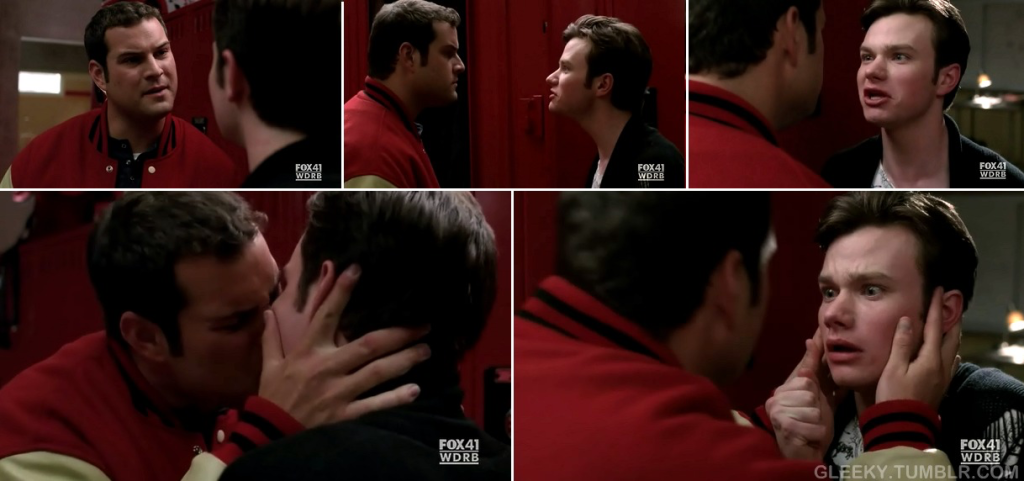
In this same season, Glee presents an alternate resolution to a similar narrative. Openly gay Kurt is routinely bullied by another teen, Karofsky, at school. Eventually Kurt stands up to Karofsky and—in the midst of their argument—Karofsky grabs Kurt’s face and suddenly kisses him on the lips. Kurt looks mortified. [11] He tells his one gay friend, Blaine, but otherwise suffers in silence. Eventually one of his straight peers tells Kurt’s father about the bullying and he, in turn, initiates a school meeting with Kurt, Karofsky, their fathers, and the principal. Kurt’s response is unlike Emily’s and Ian’s; he openly discusses the harassment once it is revealed to authority figures, rather than downplaying or denying it. [12] While the discourse of “bullies” continues to obfuscate systemic inequalities while individualizing homophobia to a few “bad” or—more likely—closeted teens, individualized and privatized responses are dramatized on Glee alongside parental and school involvement. The narrative also differs meaningfully from PLL and 90210 in terms of a developing romance; Kurt and “closeted” Karofsky eventually learn to coexist in their high school, while Kurt finds romance with Blaine—his gay friend and ally. By introducing another gay teen as a love interest, Glee avoids the victim + bully = love narrative, while still allowing the gay protagonist to get in on the “action” that their straight peers are already enjoying. That is—until—Kurt and Blaine break up and “Klaine-ofsky” get together in season six. [13] While this pairing is not identical to the victim + bully = love narrative, Blaine dates a character who harassed, assaulted and literally threatened to kill his former fiancé and (spoiler) future husband, Kurt.
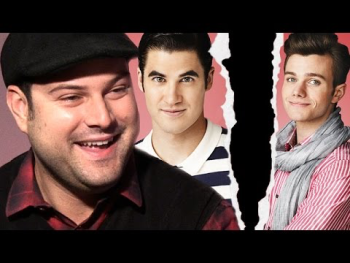
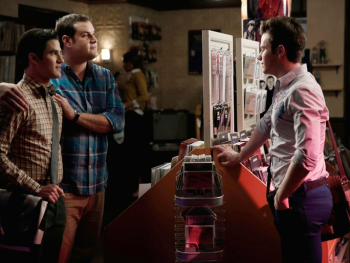
It seems that teen TV needs more queer teen characters and higher standards for who they get romantically involved with. Within these narratives, violence, threats and harassment are presented to all viewers as acceptable precursors to same-sex romance. Further, in the victim + bully = love narrative, homophobia is perpetrated by closeted teens and readily resolvable, in effect letting viewers off the hook for personal and systemic change; closeted teens simply need to change themselves, fall in love and come out.
Image Credits:
1. Teddy threatens Ian at school
2. Emily and Paige dancing together
3. Teddy and Ian together—happy
4. Paige holds Emily’s head under water
5. Emily from PLL in pool (author’s screen grab)
6. Paige kisses Emily in a car (author’s screen grab)
7. Teddy threatens Ian at school
8. Teddy physically assaults Ian
9. Teddy and Ian about to kiss (Ian look mildly frightened)
10. Emily and Paige’s secret picnic
11. Karofsky kisses Kurt
12. Karofsky, Blaine with Kurt at right (close-ups)
13. Blaine, Karofsky with Kurt at right (long shot)
Please feel free to comment.
- This all occurs in one PLL episode, S01 E15. [↩]
- PLL, S01 E16 [↩]
- PLL, S01 E17 [↩]
- PLL, S01 E18 [↩]
- 90210, S03 E03 [↩]
- 90210, S03 E04 [↩]
- 90210, S03 E05 [↩]
- 90210, S03 E10 [↩]
- 90210, S03 E14 [↩]
- Janice Radway (1983). “Women Read the Romance: The Interaction of Text and Context.” Feminist Studies, 9 (1): 65. [↩]
- Glee, S02 E06 [↩]
- Glee, S02 E08 [↩]
- Glee, E01-07 [↩]
The Idea of getting knowledge through this Online tutorial is worked and look at me,Now i can so easily able to remove my search history with some simplest steps.Many many thanks http://deletebrowsinghistory.net/ to this Online institute that allows me to learn important setting changes.